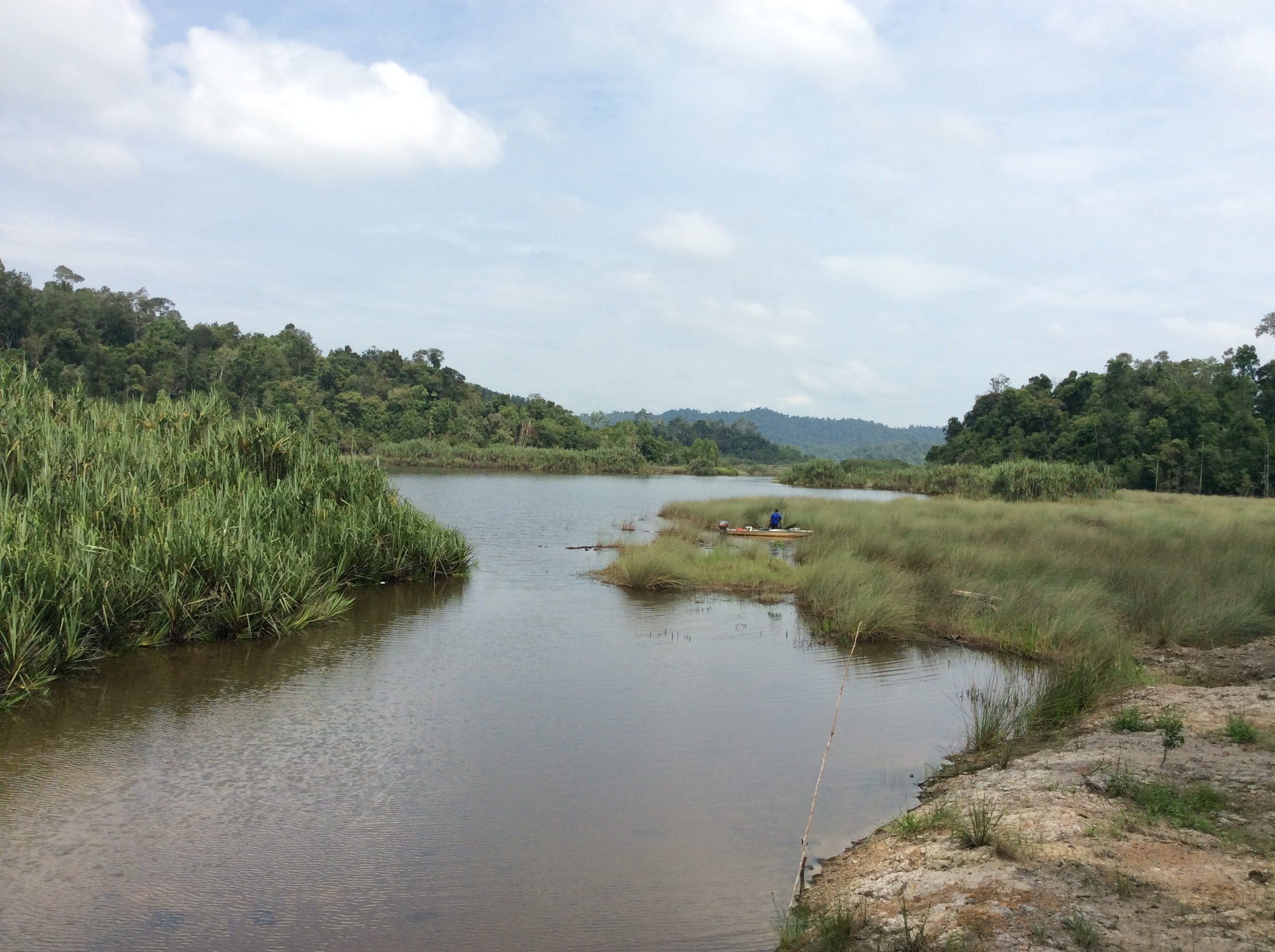
May 9, 2018, by lzzeb
How do you make an impact in Hanoi?
Professor Suzanne McGowan reports on her recent trip to Vietnam and Malaysia
Academics are now increasingly required to ensure that their research has an ‘impact’. Research that has an impact is defined by NERC as having led to “demonstrable social, cultural, public policy or service, health, environmental or quality of life benefits”. But what does this mean in practical terms for researchers trying to translate their latest findings into tangible outcomes? My recent trip to South-east Asia aimed find out; to assist with delivering impact for two ongoing projects in Vietnam and Malaysia, through a series of meetings with stakeholders.
The Red River Project supported by the Newton Fund is investigating sustainable management of the Red River Delta region of northern Vietnam. The area is home to around 23% of Vietnam’s population including the mega-city of Hanoi and is a major agricultural area. Rapid development poses many environmental challenges for the delta and its inhabitants. Our project is conducting monitoring and modelling, to assess water quality in the Red River, and to understand how it is influenced by different management scenarios.
The challenge comes in translating that knowledge into something that makes a difference. During this visit, myself and project collaborators from the Vietnamese Academy of Science and Technology (VAST) made a series of visits to Red River stakeholders to better understand how to do this. The Vietnamese Ministry of Natural Resources and Environment (MONRE) are a key stakeholder in national environmental issues, and within that Ministry the Centre for Environmental Monitoring (CEM) are a partner on our project. We spent some time discussing how our findings could contribute to their State of the Environment Report. Within the same Ministry, we also visited the National Meteorological and Hydrological Administration (NMHA), discussing how our research could be applied to assist with their main remit, which includes monitoring and observation, forecast and warning and climate change. We met with experienced environmental consultants and academics in VAST and Vietnam National University and visited the Vietnamese Women’s Museum; each were very insightful in helping us to understand how different stakeholder groups in Vietnam interact in the delta region.
In Malaysia the purpose was to follow up a research project investigating a rare UNESCO-designated flood pulse wetland in the state of Pahang. The project is using palaeolimnolgy to investigate past environmental change in the wetland named Tasik (Lake) Chini. As well as meeting with project team members at University Kebangsaan Malaysia (UKM), and retrieving some samples from the field station at Tasik Chini, I met with specialists from the Forestry Research Institute of Malaysia (FRIM). They are exploring documentary archives of land use change around the lake to determine which changes might have been detrimental to the ecological integrity of the lake. Such knowledge is vital for guiding management at this site and we discussed scheduling a multi-stakeholder meeting to develop this work later in the year.
This was a very unusual trip for me, as most of my research involves practical field work and sampling. So, there are only a few photos of the field sites!
The insights from this trip have been invaluable in guiding where these projects go next and how we can make the most of our research.
No comments yet, fill out a comment to be the first

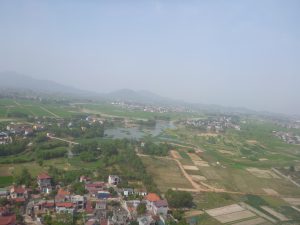
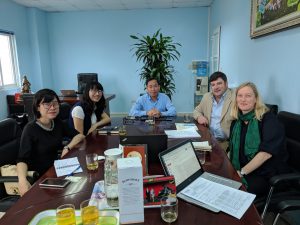
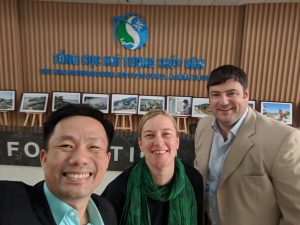
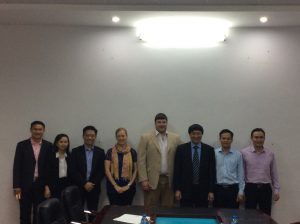
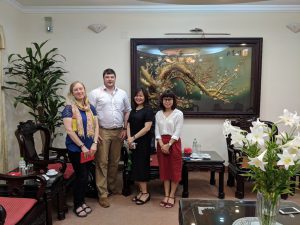
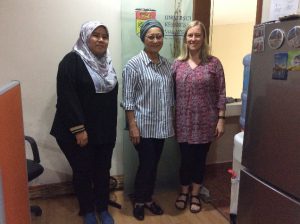
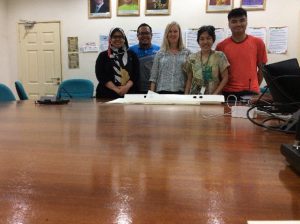
Leave a Reply